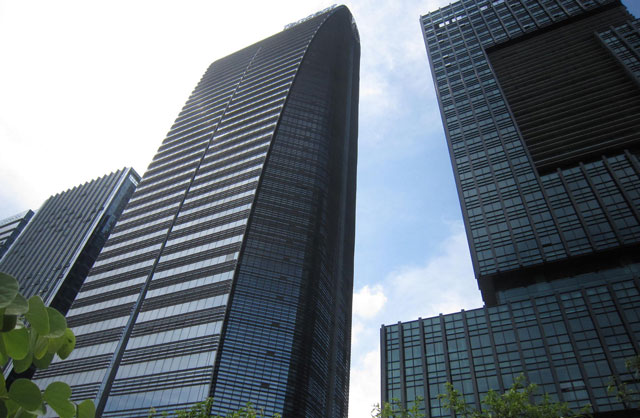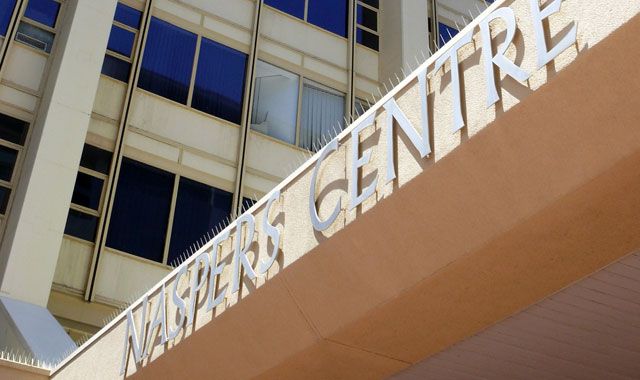
Earlier this week, a senior portfolio manager at a London asset manager sent out a note detailing a recent trip he had taken to the US. The purpose of the visit was to meet with some of the top fund managers there to discuss managing assets for clients.
At the end of the article, he made a list of 12 things that stood out for him on the trip. Point number three was that “everyone loves Naspers”.
On one level, this was a wonderful thing to read. That a South African company has become the darling of the investment world is both remarkable and a reminder of the talent and acumen we have in this country.
National pride aside, however, that statement also triggered another thought. And that is that for a contrarian, the investment to be most wary of is the one that everyone loves.
There is no denying that Naspers is a fantastic company. It has also been an astonishingly good investment.
If one goes even further back in time, to 1994, the company was listed at R17,50/share. Without even taking dividends into account, anyone who invested at that price now has over 100 times more than what they started with.
Those who had the foresight, luck and patience to sit with this investment could have accumulated a lot of wealth on the back of it. There have been few, if any, better places to have put one’s money.
Might it be a bit of a stretch to expect much more? Naspers has had a fairly bumpy ride over the past couple of months since it briefly surpassed the R2 000/share mark in mid-April. It very quickly dropped off that peak and has so far failed to recover to it.
According to Bloomberg, the counter is currently trading at a price-to-earnings multiple of over 110 times. Its dividend yield is just 0,22%.
The expectations of the stock are so high that when Naspers announced on 17 June that its full-year earnings were going to be between 25% and 30% higher than the previous period, the share price fell. Analysts had expected better.
That shows just how much is priced into the share. If 30% growth in the current economic climate is enough to give some investors the jitters, what happens when Naspers really disappoints?
The share, to a large extent, has become a proxy for Tencent, a business that has so far been a revelation. However, it remains restricted to China. Some might say that the Chinese market is so big, it hardly needs to go anywhere else, but is that discounting the risk that there is a limit to Tencent’s growth trajectory?

Besides which, how well do investors really understand the Chinese market and by extension Tencent’s business model? Everyone who visits that country comes back with the same impression about how staggeringly different the culture is.
Are investors dismissing the risk that we may have been using inappropriate models to gauge a company that operates in a completely different kind of environment? The often quoted comparisons with Facebook are perhaps the most obvious example of this.
A lot of the positive sentiment around the share rings with the idea that Tencent is a kind of business we have never seen before and therefore traditional valuation methods don’t apply. That may be true, but are investors considering the risk that it isn’t? Does that kind of talk not sound a little too much like Sir John Templeton’s famous warning about the four most expensive words in English being “this time it’s different”?
Of course, at many points during the incredible rise in the Naspers share price analysts and commentators have argued that it’s too expensive and it can’t keep rising. So far, they have been wrong. Perhaps nothing has really changed enough to suggest that they won’t continue to be wrong. The fundamentals of the investment case remain in place.
There is, however, one potential caveat, which is that the overall investment climate is changing. With the US Federal Reserve likely to start hiking interest rates in the near future, investors will start to look at capital markets differently.
The point is that for all the arguments in favour of continued investment in Naspers, there is a simple one that can’t be overlooked: anyone thinking of putting money into the counter must be comfortable that the likelihood of more upside outweighs the risk on the downside.
That is not to say that such a fall is inevitable or that Naspers can’t continue to shoot the lights out. It is a question of managing risk — taking stock of the potential outcomes of an investment from this point and weighing up what you’re comfortable with.
For anyone who has made a hundred times their initial investment, or even 10 or five times what they put in, it is certainly worth considering whether those profits aren’t good enough. You’ve made some good money — perhaps let someone else carry the risk from here.
- This article was first published on Moneyweb and is republished here with permission




